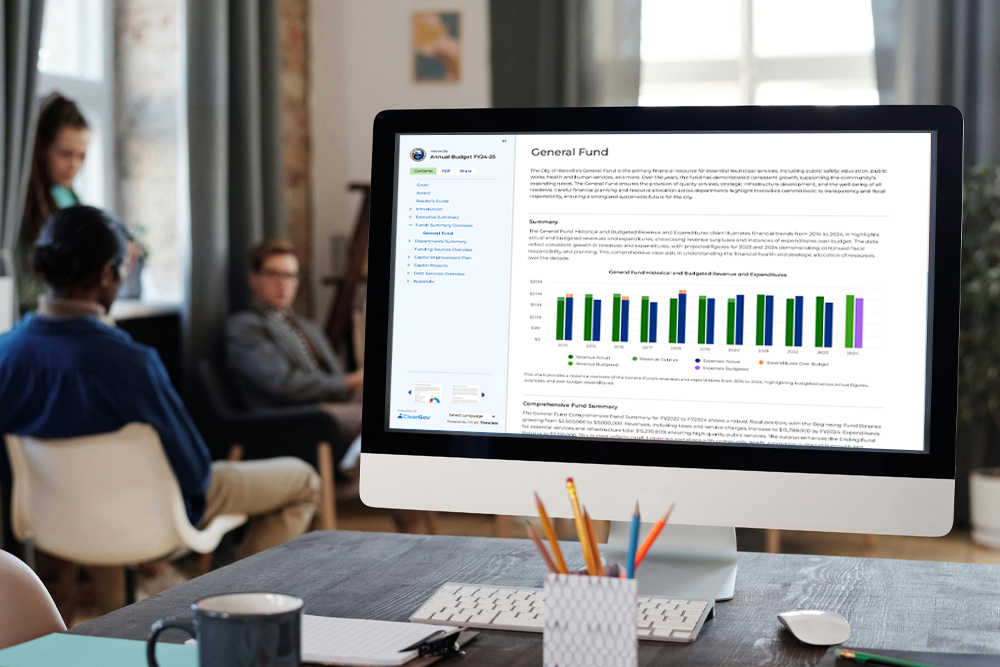Smart Budgeting: How Schools Can Thrive After COVID Relief Funds Evaporate The COVID-19 pandemic brought unprecedented challenges across all public sectors, with education being hit particularly hard. Schools across the nation faced new financial hurdles as they adapted to virtual teaching models, health guidelines, and changing student needs. As the dust begins to settle four years later, school districts are facing a new challenge: how to manage budgets as COVID relief funds (ESSER) evaporate. Many districts currently embroiled in their 2025 annual budget planning process are navigating challenges that include shrinking revenues and enrollment, among other things. When combined with disappearing ESSER funds, some districts find themselves faced with the possibility of raising property taxes, laying off hundreds of school employees, and facing public backlash for deficits due to perceived poor financial planning. In Vermont, more than 30% of school district budgets were voted down this month as taxpayers railed against the proposed double-digit property tax increases needed to fund schools. If school districts are to thrive, it’s critical for them to adapt during this transition period. One way to do that is through the use of modern, cloud-based budgeting software that can help district leaders make more informed, data-driven decisions that enable them to remain agile and transparent in the way tax dollars are spent. The Changing Landscape Of School Funding The Elementary and Secondary School Emergency Relief Fund (ESSER) has been a financial lifeline for schools during the pandemic. It supported the continuation of education in K-12 public schools, addressed learning loss, and supported health and safety measures for reopening schools. However, with the end of ESSER III funds September 30th, schools must commit all remaining funds or risk losing them. Post-COVID, school funding and budgeting have been impacted by several factors besides the end of ESSER funds. These include the expiration of “hold harmless” policies, which protected schools from funding reductions due to enrollment declines, the drying up of technology investment funds needed for remote learning, and the stop of federal programs supporting low-income families and homeless students. Changes in Medicaid coverage policies and the end of emergency relief for child care providers have also contributed to the challenges schools face in maintaining services and operations. All of these factors contribute to a complex financial puzzle schools must now solve. What This Means For School Budgets Today Schools are currently faced with what might be the most significant reduction in public resources ever. The end of ESSER and other funds means districts must look at their budget management process with a shrewd lens and make some tough decisions with the goal of maintaining quality education and essential services in a financially viable way. However, even without being hobbled by legacy systems used to manually create budgets, many school districts are underprepared to face the challenge of dwindling funds as board members simply do not have experience making deep budget cuts and efficiently reallocating resources. The failed budgets in Vermont underscore this, highlighting the need for strategic planning, transparency, and community engagement in the budgeting process. Strategic Steps For Schools Post-COVID Funding The District Administration provides a guide for superintendents on effective budget management, which is especially helpful as the final fiscal year of ESSER funding approaches. It suggests five steps for better budgeting:
These strategies can help districts navigate financial challenges, prioritize efficient spending, and adapt to changing student and teacher needs. How ClearGov Can Help ClearGov’s budgeting and planning tools for schools are essential solutions for the challenges districts are facing this year. Our Operational, Personnel, and Capital budgeting software support scenario planning, real-time budget tracking, and effective stakeholder communication. They streamline and automate processes, save time, reduce errors, and include smart forecasting features that can help school leaders make better data-driven decisions. By leveraging ClearGov’s solutions, schools can engage in more transparent and informed budget planning processes to ensure every dollar spent contributes to the long-term success of their programs. If your school district is currently trying to figure out how to do more with less, we’d love to show you how ClearGov can help. Schedule a quick demo to learn more. |












